The convenience sector is in growth for the first time in a decade, but it’s supermarket chains and symbol groups that are driving this, the latest Grocery Retail Structure report has revealed.
The convenience store sector overall grew for the first time in a decade, with a 0.6% net increase of store numbers, from 41,031 to 41,291 year-on-year. However, the number of unaffiliated independent convenience operators continued its long-term decline, falling 4.5% to 19,237 – below the 20,000 mark for the first time.
Many independents have sought to compete against the multiples through partnering with symbol groups. As a result, symbol membership now stands at a record high of 16,407 stores, a 5.23% increase on the previous year. The largest symbol, Booker’s Premier, now has 2,700 stores, with net growth of 111 stores (up 4.3%), and widened its lead over its nearest symbol rival, Spar, whose membership declined by 116 stores to 2,460.
But it’s the growing enthusiasm for smaller format stores among supermarket chains that is having the most dramatic effect.
Tesco opened more c-stores than any other retailer last year, with 147 new stores across its Tesco Express and One Stop fascias, to overtake The Co-operative Group for the first time in terms of total store portfolio. And while announcing a massive slowdown in its large-format expansion plans last month, CEO Philip Clarke said it would “maintain investment in expanding our highly successful Express business in the next financial year.”
Sainsbury’s was no slouch either. Its c-store estate grew by 16.8% to 432 sites, an increase of 62, according to the report. And it’s pledged to continue to open c-stores at a rate of “one or two a week”, it said at its annual results earlier this month.
The GRS shows Sainsbury’s was the fastest growing of the top 10. It grew its total estate by 10.5% last year to 1,030 stores. It was also accountable for nearly all the growth in the hypermarket sector.
The Co-operative Group also continued to increase its convenience store portfolio, while selling off 139 supermarkets in the past year. The number of Co-operative society-owned convenience stores increased by 5.26% in total as other societies also bought up independent chains.
The analysis also found:
An increase of 161 (13.5%) in the number of superstores, from 1,189 to 1,350, and an increase of 10 (or 3.4%), in the number of hypermarkets, from 296 to 306. This was only partially offset by a decline of 101 (-1.4%) in the number of supermarkets, from 7,430 to 7,329.
A revival in consumer interest in baking, reflected in the growth of specialist bakers’ outlets (up 7.63% from 6,541 to 7,040), driven by independent craft bakers.
A decline in the number of petrol forecourt retailers (8,763 to 8, 586), continuing the trend of recent years.
Continuing decline in the number of specialist CTN and off licence retailers: CTNs down 5.31% from 3,481 to 3,296; off licences down 3.06% from 3,725 to 3,611.
Adam Leyland, editor of The Grocer, said: “Supermarket chains have continued to build new, bigger stores and to add extensions and mezzanines to existing supermarkets to turn them into superstores. As a result, supermarkets are still getting bigger.
“But while the total amount of new supermarket floorspace exceeds the new square footage for convenience stores, with Asda, Waitrose and Morrisons now joining Tesco, Sainsbury’s, Marks & Spencer and The Co-ops in building scaleable c-store operations, the direction of travel is clear. Small is now increasingly beautiful, and the new battleground for the future.”
The Grocery Retail Structure 2012 is a joint exercise between IGD, William Reed Business Media and Nielsen. William Reed owns The Grocer, Convenience Store, Forecourt Trader, British Baker and Meat Trades Journal.





















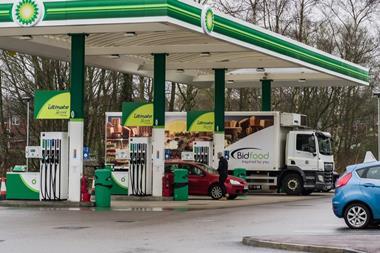
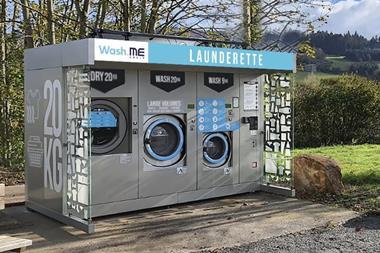

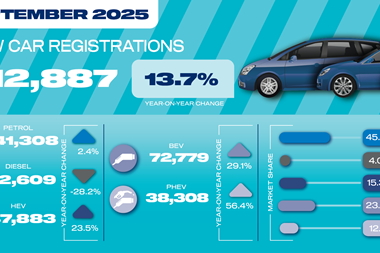

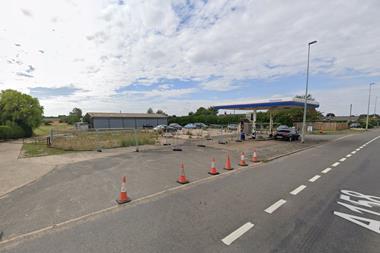
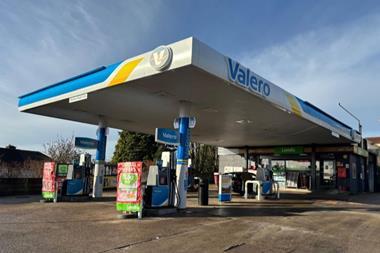
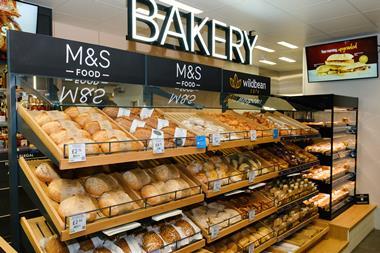


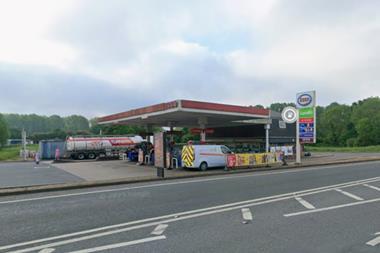

No comments yet